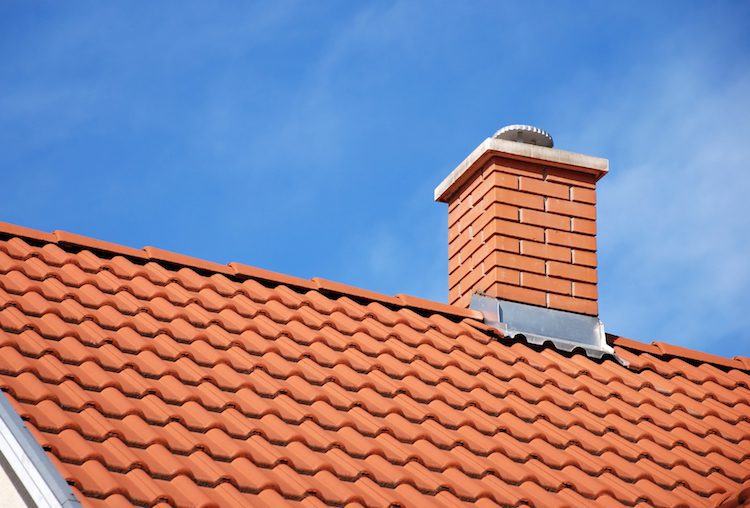There’s nothing quite like settling down in front of a cozy fire once the first cool days of autumn settle in.
But before you enjoy the change of seasons, you’ll need to make sure your fireplace and chimney are clean and safe for you and your family to enjoy.
If your chimney isn’t clear, your family could be in danger of one of the 25,000 chimney fires that happen each year.
Between creosote buildup and carbon monoxide gas, an unclean chimney has more than one way to create smoke buildup or start an unintentional fire.
Here’s how often you should get your chimney cleaned to protect your home and family from smoke and fire danger.
How Often Should I Clean My Chimney?
Determining when or how often to clean your chimney isn’t like many other household projects because there’s no specific date or time to get it done. The main factor for determining when to clean your chimney depends on the thickness of creosote in your chimney.
The best way to find out if you need a cleaning is to check the thickness of the creosote. You can do this by taking a fire poker or other instrument and scratching at the black surface above the damper.
If it measures more than 1/8-inch, it’s time to order a thorough, professional cleaning to remove the buildup and make your chimney and fireplace safe to use.
It’s important to remember that creosote and soot are two different substances. To distinguish between them, touch each with a glove. Creosote is slightly sticky, while soot is not.
While creosote requires professional removal, a small amount of soot in the chimney is not harmful, and can be brushed away pretty easily. When in doubt, schedule a chimney safety inspection to see if you’re due for a cleaning.
When in doubt, schedule a chimney safety inspection to see if you’re due for a cleaning.
Why Is It Important to Get My Chimney Cleaned?
Keeping your chimney clean is the best way to prevent smoke build up and fires, keeping your home and your family safe.
Creosote Buildup
Creosote is a potentially flammable substance that’s created when wood particles, ash, and various gases mix together in your chimney.
Although creosote buildup can occur naturally in your fireplace, other factors like unseasoned wood, restricted air supply, and cooler chimney temperatures can make this buildup worse.
Creosote can cake onto the walls of the chimney, and excessive buildup can lead to a chimney fire. And chimney fires aren’t always easy to detect right away — unless you hear loud pops and see sparks, you may not even know there’s a fire starting in your chimney.
This fire can quickly spread to your roof or the walls of your house, igniting any flammable materials and causing severe damage to your home — and putting your and your family in danger.
Carbon Monoxide Gas
Carbon monoxide gas is another hazard of unclean chimneys. Anytime wood burns, it creates carbon monoxide. And when your chimney and flue are full of creosote, it doesn’t allow harmful carbon monoxide gas to leave the home.
This harmful and potentially fatal gas is odorless and undetectable without a carbon monoxide detector or a home test kit, which you can get at any hardware store.
According to the CDC, this gas resulted in the deaths of over 5,000 Americans from 1999 to 2010. But with frequent, thorough cleanings of your chimney, you can rest easy knowing your family is safe.
Soot Damage
Another reason you should consider a chimney cleaning is soot damage.
When your chimney’s blocked, the flue can’t draw the smoke outside. This can cause smoke and soot to enter your home and affect the health and breathing of you and your family.
Soot can also stain and damage the inside and outside of your home. You could end up needing to replace furniture, repaint the walls around the fireplace, and remove smoke stains from the top outside of your chimney.
What Happens During a Chimney Cleaning?
A professional chimney cleaning is quick and easy. It takes between 1.5 to 3 hours, depending on the size and type of chimney.
In some cases, the chimney technician may not even have to enter your home. From the roof, they sweep from the top down, and only a tarp may be necessary at the foot of the fireplace.
A chimney cleaning is a worthy investment. With improved comfort and safety, you’ll rest assured your chimney is clear and safe for your next cozy fire. Request a no-strings attached quote for your next chimney cleaning today >


